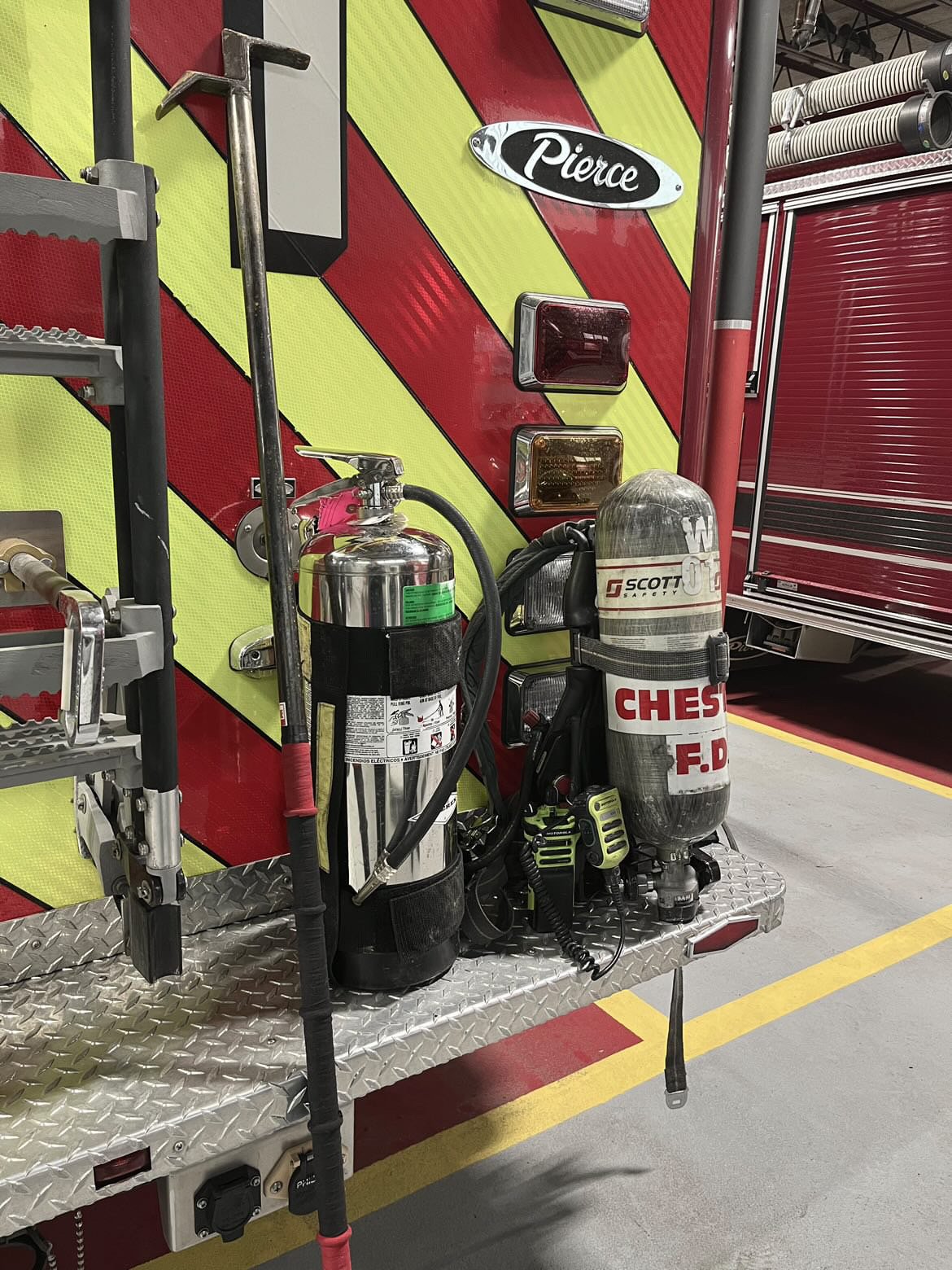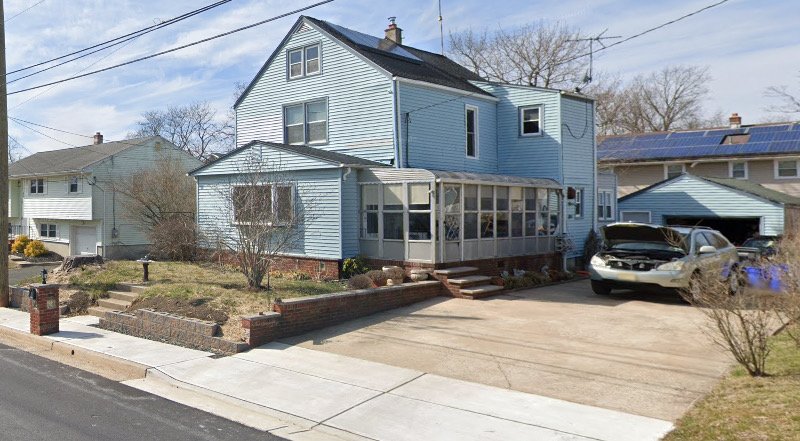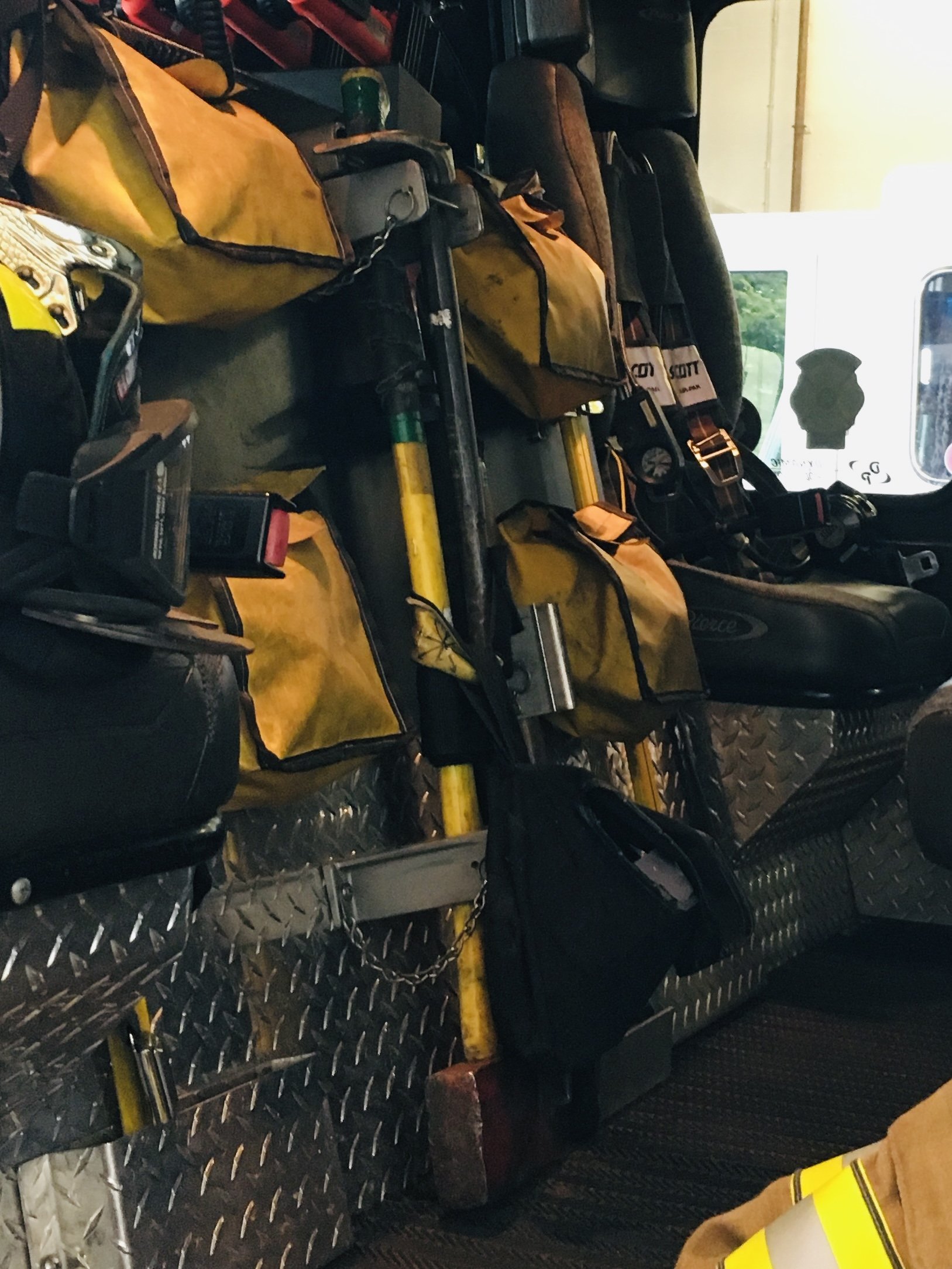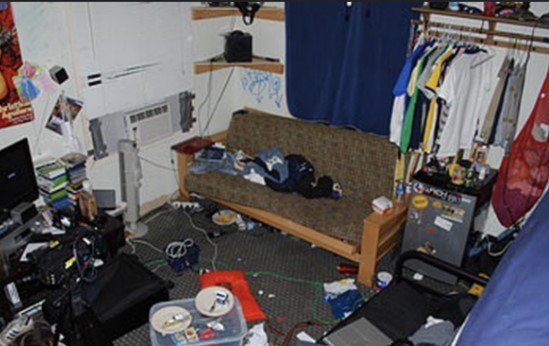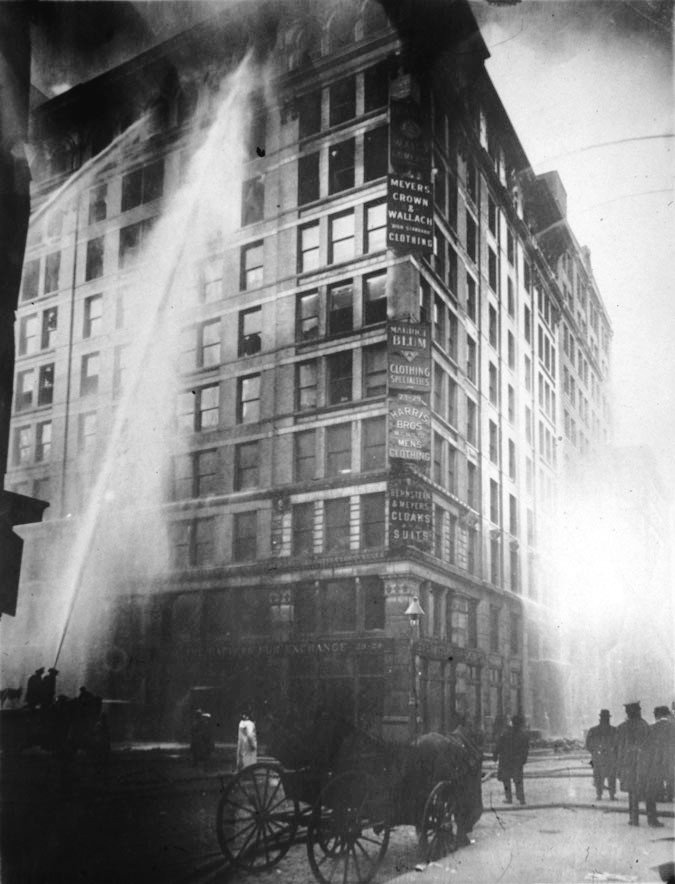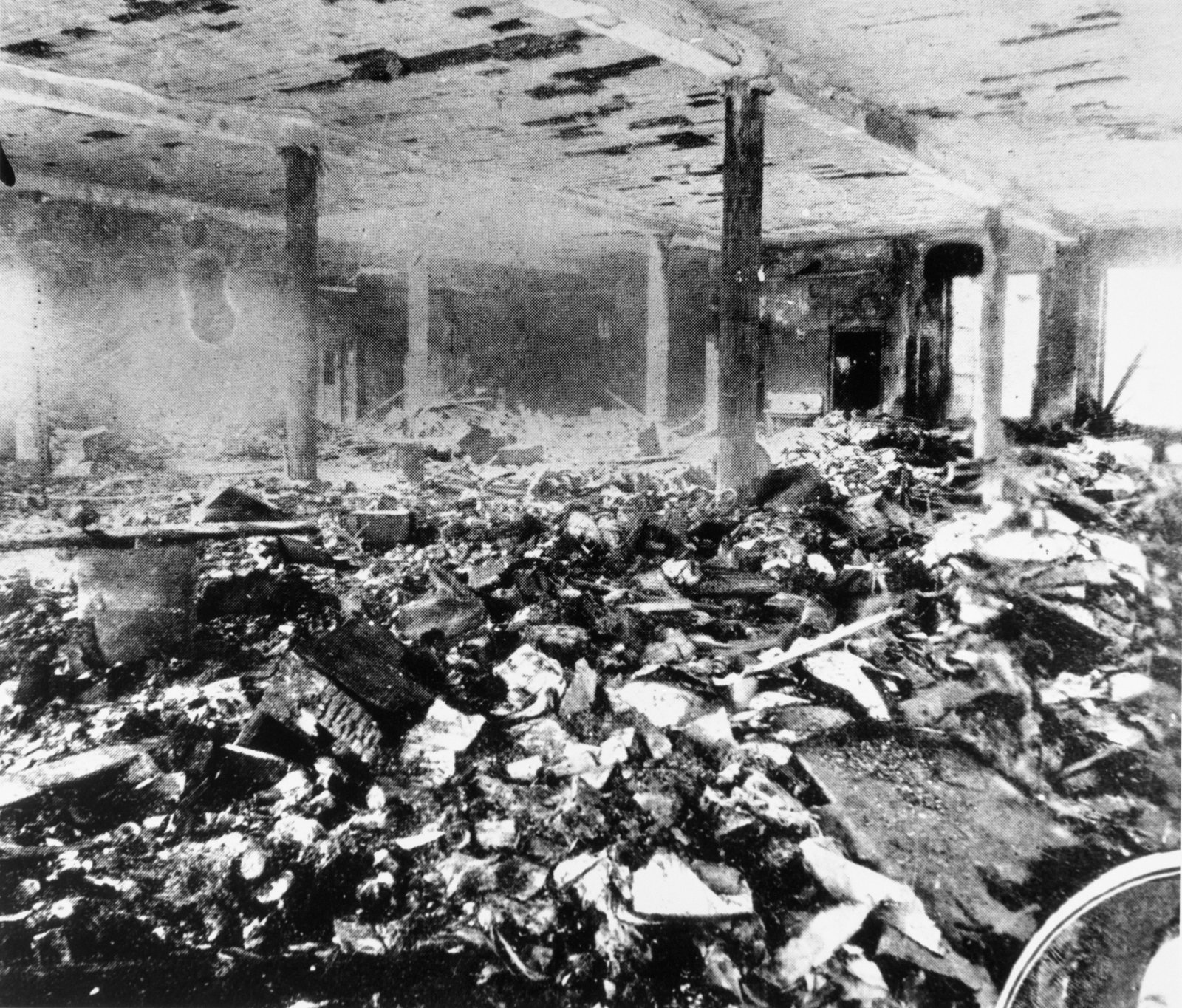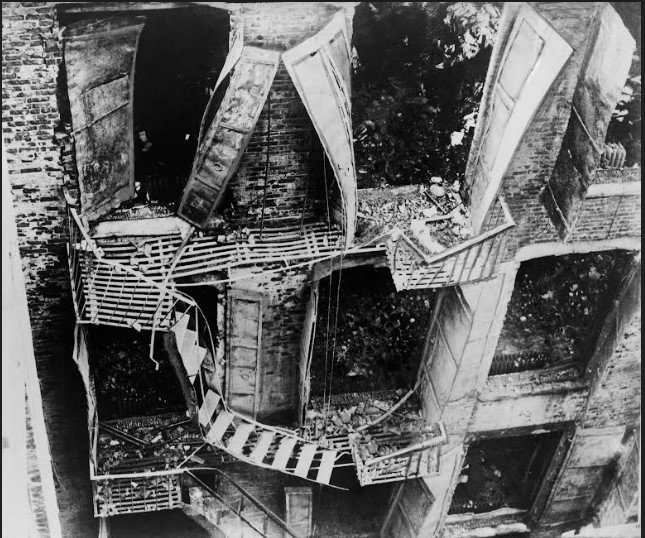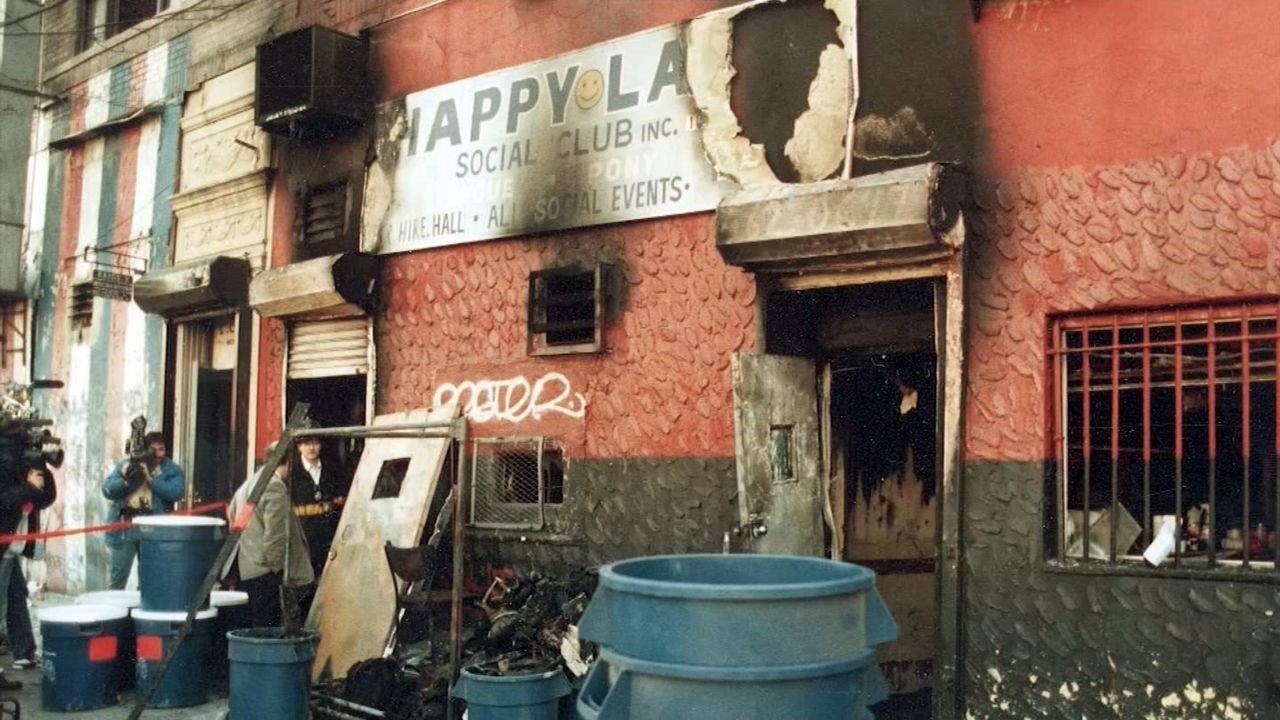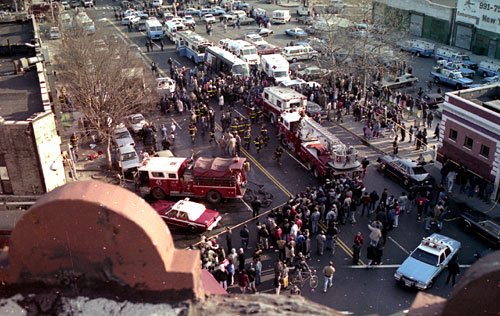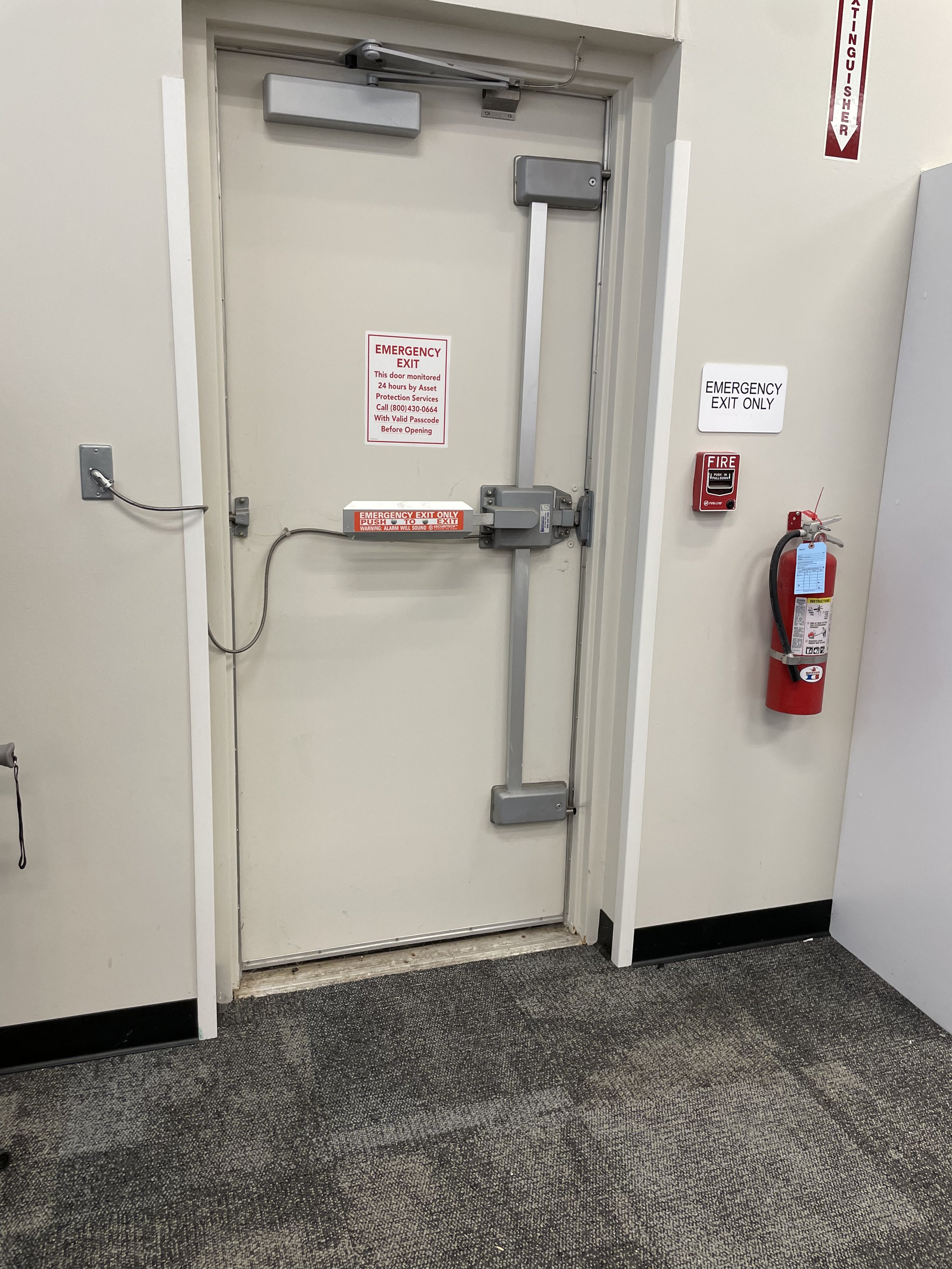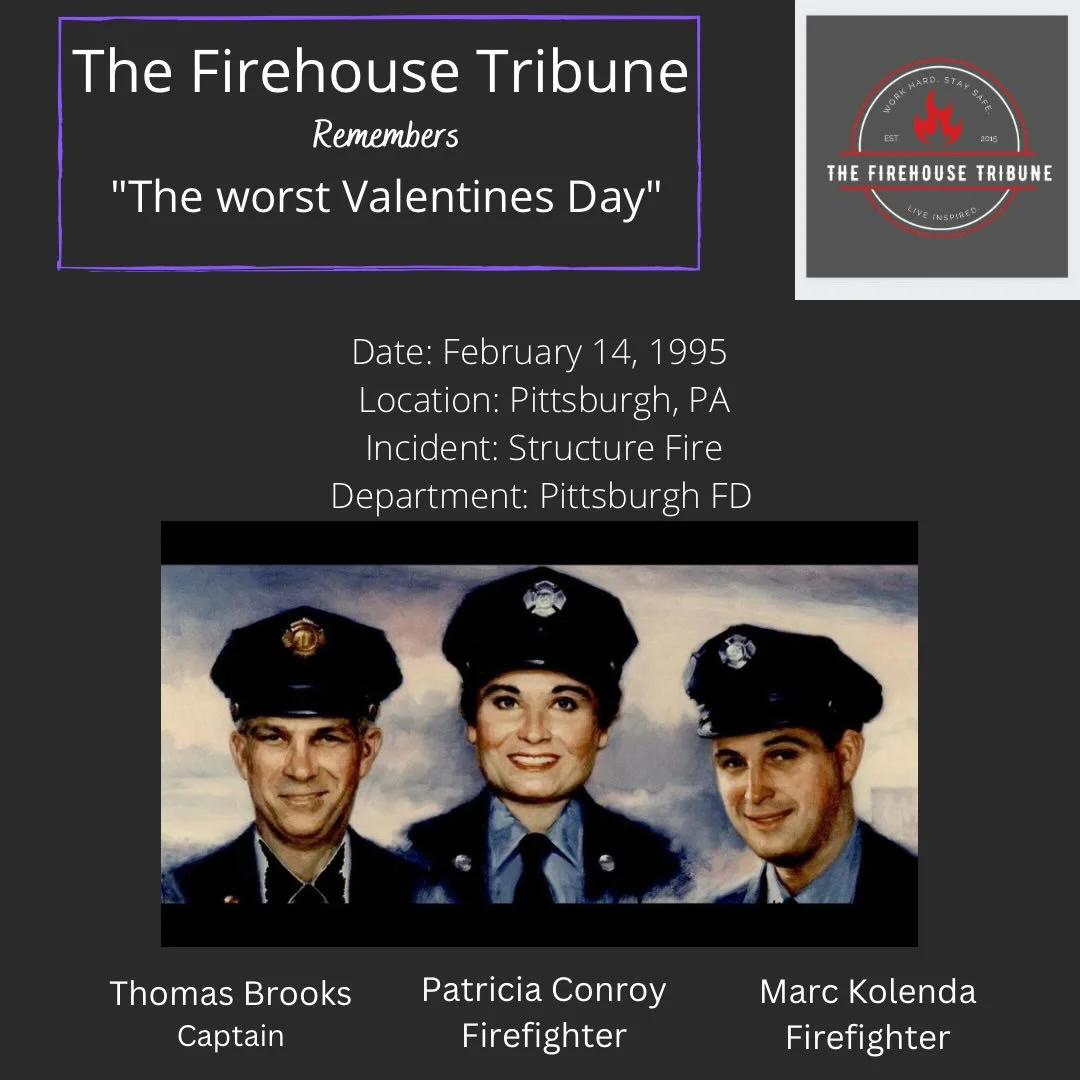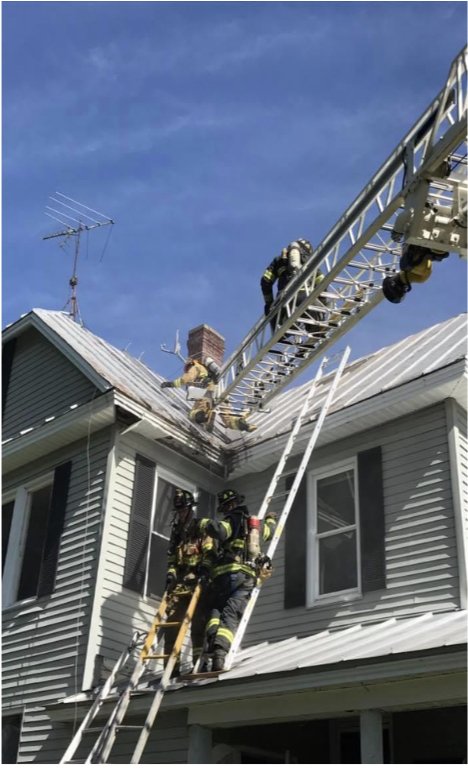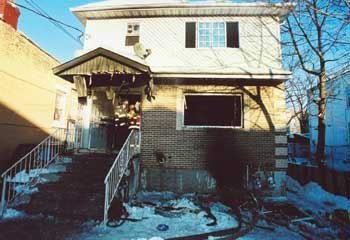It is essential to highlight that all participants noted that their work has impacted their personal lives. When participants were asked what they felt the biggest morale killer was for their department, 57.3% identified it as leadership. Other factors included staffing at 20% and policies at 6.7%. Shockingly, 43.3% of individuals found that they lacked access to professional support at work. Participants were also asked if they find it difficult to go to work, which 31.1% agreed to. An overwhelming amount of individuals (64%) reported feeling underappreciated or undervalued at work. These statistics call into question how these numbers are impacting someone's livelihood. Out of the 75 participants, 64% of individuals found themselves to be more irritable or losing patience with others. We must then question how the patience of workers impacts their quality of work with others, whether colleagues or patients.
When discussing personal lives, 29.7% of individuals reported they felt they were withdrawing from friends and family. I was curious as well if participants noticed an increase in using drugs or alcohol more frequently, which 29.3% of individuals agreed to an increase in substance use. I also proposed the question of whether individuals feel less motivated to do things they enjoy, and a shocking amount of 58.6% of individuals agreed. When individuals lose motivation for something they enjoy, their work ethic declines, often because they are too burned out to use their regular leisure activities. The word burnout holds weight to it in this line of work, but the question must be asked, "Do you feel burned out from your job?". In response to this question, 52% of individuals agreed or strongly agreed. As a leader, I questioned what departments can do to relieve some of the feelings and concerns that each individual expressed in the survey. Some responses on how to improve morale within a department included team building (26.7%), more frequent input on department policies (29.3%), and more frequent meetings with leadership (25.3%).
All three responses can prove effective, but how do you implement them? Team building is a favorite tactic of mine. What exactly is team building? Team building is an ongoing process that helps a work group evolve into a cohesive unit. The team members share expectations for accomplishing group tasks and trust, support, and respect one another's differences. A leader can hold team building on shift or off shift. One of the best techniques to do on shift is hands-on training. I've often found that morale is high when we hold department training events in my department. What about taking team building away from work? Group outings to sporting events, concerts, days on a golf course, or even a night out can boost morale. It encourages your crew/workers to socialize about things other than work, creating a more relaxing environment and allowing them to understand each other personally.
While it's often challenging to fit in team building, more frequently due to busy schedules, calls, meetings, etc., we must find the time to avoid losing the most essential piece of our departments: our crew/workers. When individuals feel appreciated, valued, and refreshed, they are more likely to be on their A-game mentally and physically, which society relies on us for. A good leader must understand burnout and feel comfortable approaching our crew/workers and asking, "How can I support you?" or "Are you doing okay?". Sometimes, while this is not an easy question to ask, and we may not hear easy answers, it's how to ensure that workers/crew members feel listened to and supported. Overall, we must maintain the insight into how burnout affects the livelihood of our workers/members.
Holding quarterly individual or small-scale meetings with your crew can be an easy way to maintain the insight. These meetings can often be utilized as a way to get ideas for the workplace but also to assure your firefighters, EMTs, police officers, etc., are doing okay both at work and home. Fire officers and other leaders say, "Their home life is not my concern." I can't entirely agree. The issue is not the leader's problem; however, its effect on the individual is an issue for the leader. You must ensure your employee prevents home issues from affecting decision-making on an emergency scene. Most importantly, if it affects them, take care of them; humans are allowed to have bad days and should not be punished.
This article is just a tiny look into the effects of burnout in the workplace. Whether responding to a structure fire, heart attack victim, active shooter, answering and or dispatching 911 calls, assisting someone during a mental health crisis, or rushing patient to patient in an emergency room, our communities expect superhumans when they need help. It's our job as leaders to provide the best team for those in need and provide our first responders with the support to ensure they are physically and mentally on their A-game. I like the term superhuman. First responders are remarkable, and the mental and physical stress their bodies can handle is a super-hero quality. A better way to write it is superHUMAN, ensuring we acknowledge that even being considered "super," we are still human.

